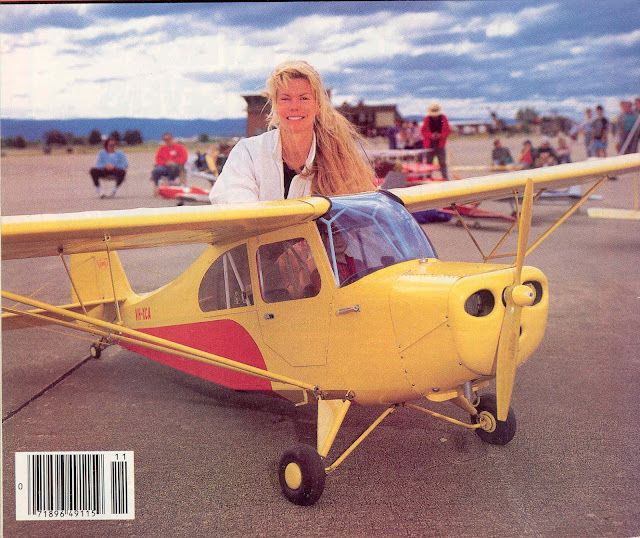FormerHangie
En-Route
Large turbines are MORE efficient than any piston engines. Think airliners. Small turbines like those in helicopters and King Airs are less efficient.
Here's a listing of specific fuel consumption by engine type. Even the largest, most efficient airline turboprop uses more fuel per output than does the least efficint Otto cycle engine, and vastly more than what a large diesel uses: http://en.wikipedia.org/wiki/Brake_specific_fuel_consumption
Isn't that a picture of you and a hang glider in your avatar? I started hang gliding in the early '70s and nearly killed myself twice, so I learned to fly real airplanes instead. I own and fly a taildragger and a big chunk of my time is in taildraggers and I used to teach it at a flight school. We didn't pay any more for insurance on those airplanes than we did for the trikes, either. The fact is that they are NOT the scary item so many pilots think they are. I was also an aircraft mechanic at that flight school and we had far more issues with nosegear wear and tear from sloppy landings than we did with any taildragger hardware. Trike pilots break airplanes, too, and of the six accidents we had in the 19 years I was there, four were trikes being sloppily handled. Two were on a Champ: one noseover (just onto the prop) caused by taxiing too fast downwind and then trying to stop and turn at the same time, a technique that also nearly broke a Cessna 150; they don't like that either. The other was a crosswind landing for a student that hadn't been cleared to fly in crosswinds. That one was an administrative error and he shouldn't have been alone in the airplane at any time until he'd mastered all of it. His mistake was to neutralize the ailerons right after touchdown, and the wind lifted the wing, dragged the other wingtip, and it turned OUT of the wind. That exact same thing happens to trikes, too.
Please go pay for an introductory flight in a taildragger. There are way too many guys who criticize and dismiss what they haven't tried.
Dan
Comparing a modern hang glider to one built in the 70's is like comparing a Curtiss Jenny to a 172. The gliders you flew in the 70's had a fatal flaw: if the airspeed got too high, the glider could not be brought out of the dive. This was corrected by adding a reflex bridle that kept the trailing edge up in a dive. Gliders from about 1990 on are a huge improvement over the earlier models.
I'm not currently flying. I intend to get back in the air in a sailplane when my daughters are off to college, but that will be a few years. I found that I enjoyed motorless flight so much more than powered flight that I stopped flying power planes.
Last edited:




 If you make the Highlander weigh the same as the Katmai, or give it the same speed ability, it will likely require a longer landing due to reduced ability to brake.
If you make the Highlander weigh the same as the Katmai, or give it the same speed ability, it will likely require a longer landing due to reduced ability to brake.